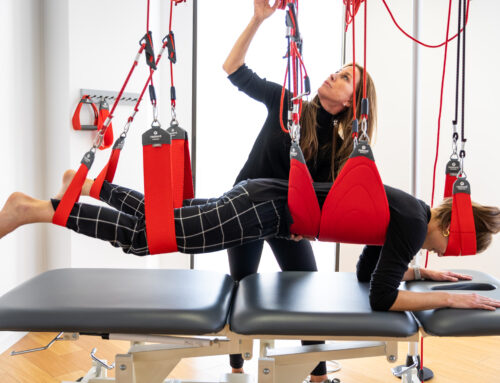Background: This study aimed to clarify the characteristics of muscle activities during push-up exercises performed under sling condition by comparison with those performed under ground condition. We hypothesized that sling-based push-ups induce higher muscle activities than the ground-based push-ups, and its effects are more prominent in dynamic compared to static exercise owing to increased demands of stabilization.
Findings: Twenty young males performed sling- and ground-based push-ups in each of static (maintaining the posture with the elbow joint angle at 90 deg) and dynamic (repeating push-ups at a rate of 45 per minute) exercises. Surface electromyograms (EMGs) of the pectoralis major, latissimus dorsi, triceps brachii, biceps brachii, rectus abdominis, external oblique, internal oblique, and erector spinae muscles were recorded during the exercises. The EMG data were normalized to those obtained during maximal voluntary contraction of each muscle (% EMGmax).
In the static exercise, sling condition showed significantly higher % EMGmax values than the ground condition in the triceps brachii (+27%: relative to ground condition) and biceps brachii (+128%) as well as the three abdominal muscles (+15% to +27%).
In the dynamic exercise, such condition-related differences were more prominent and those in the pectoralis major (+29%) in addition to the aforementioned five muscles (+19% to +144%) were significant.
Conclusion: These results supported the hypothesis and indicate that sling-based push-up exercise can provide greater activation in upper limb and anterior trunk muscles than the ground-based pushup exercise.
Keywords: Instability, Co-contraction, Electromyography





